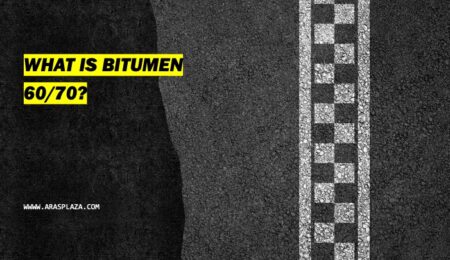Bitumen is a key ingredient in bituminous paint, a type of coating used for waterproofing and protecting various surfaces. Here’s how bitumen is utilized in bituminous paint:
1. Bitumen Selection
- Pure Bitumen: Often, a specific grade of bitumen is selected based on the application requirements. Pure bitumen (asphalt) is mixed with solvents or mineral oils to make it suitable for paint formulation.
- Bitumen Emulsion: Sometimes, bitumen emulsions (bitumen dispersed in water) are used to make water-based bituminous paints, making the application easier and reducing volatile organic compounds (VOCs).
2. Mixing and Preparation
- Bitumen is mixed with solvents (like white spirit, naphtha, or kerosene) to create a liquid, viscous solution. This helps in thinning the bitumen to a consistency that can be easily applied as a paint.
- Other additives, such as stabilizers, fillers (e.g., limestone, clay), and drying agents, may be added to improve the paint’s properties, like flexibility, durability, and drying time.
3. Application of Bituminous Paint
- Surface Preparation: The surface should be clean, dry, and free of loose material before applying bituminous paint.
- Applying the Paint: Bituminous paint can be applied using a brush, roller, or spray. It forms a protective coating that is both waterproof and resistant to chemicals and UV light.
- Drying: After application, the solvent evaporates, leaving behind a tough, flexible bitumen film that adheres to the surface.
4. Usage Areas
- Waterproofing: Used on concrete foundations, metal pipes, and roofing to prevent water penetration.
- Corrosion Protection: Coating metal structures like pipelines, tanks, and structural steel.
- Sealing and Protection: On wooden surfaces and concrete for protection against weather elements.
Bituminous paint is favored for its strong adhesive properties, water resistance, and ability to protect surfaces from corrosion and moisture.



Leave a Reply